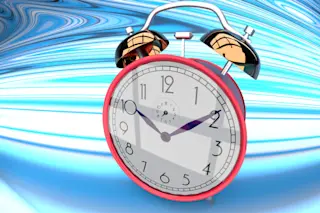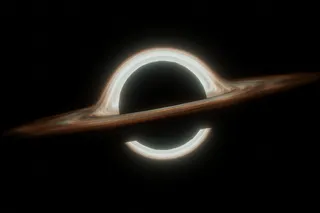As human beings, we can’t really think of ourselves without time. We organise our days around it’s passing. We define ourselves through the events that have been encoded into our memories. Experiences unfold through a present that passes relentlessly from one moment to the next, and we make plans to achieve our goals with the knowledge that tomorrow will arrive on schedule, as it always does.
This is the phenomenology of time, or what neuroscientists call time consciousness. These aspects, or layers, of our experience of time have played an important role in informing our intuitions about the nature of physical time. We assume that it has directionality, moving from an unchangeable past to an immersive present to unknown future— and that all of the above unfolds at a uniform rate throughout the cosmos.
But the more scientists have scrutinized the concept of time, the more they've come to understand ...















